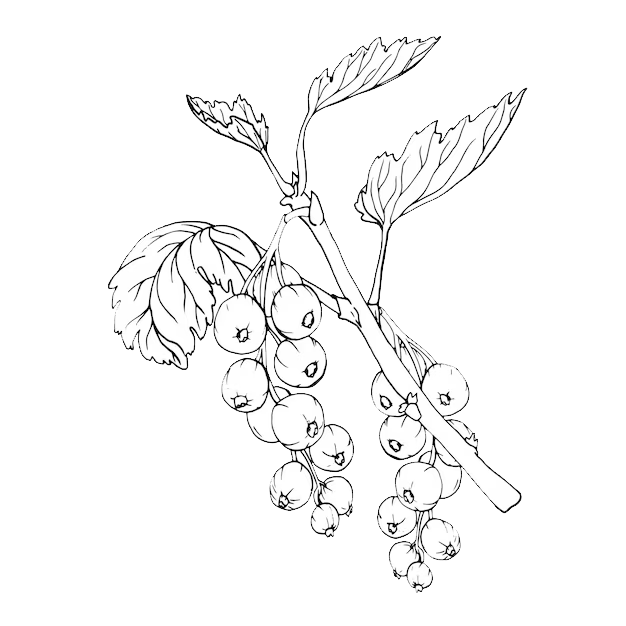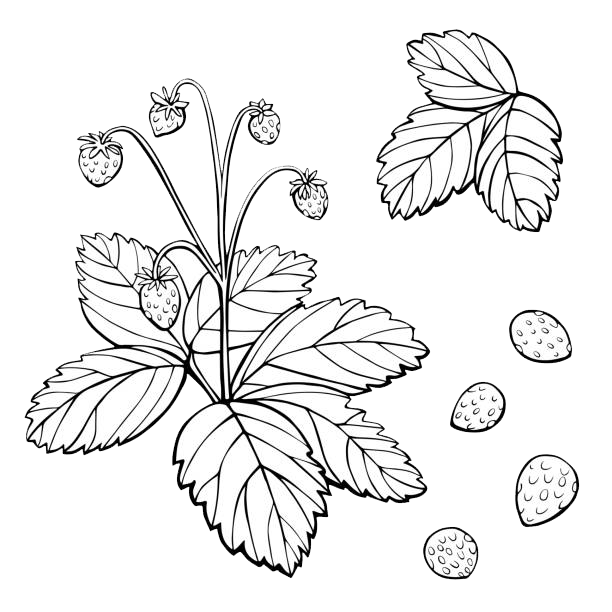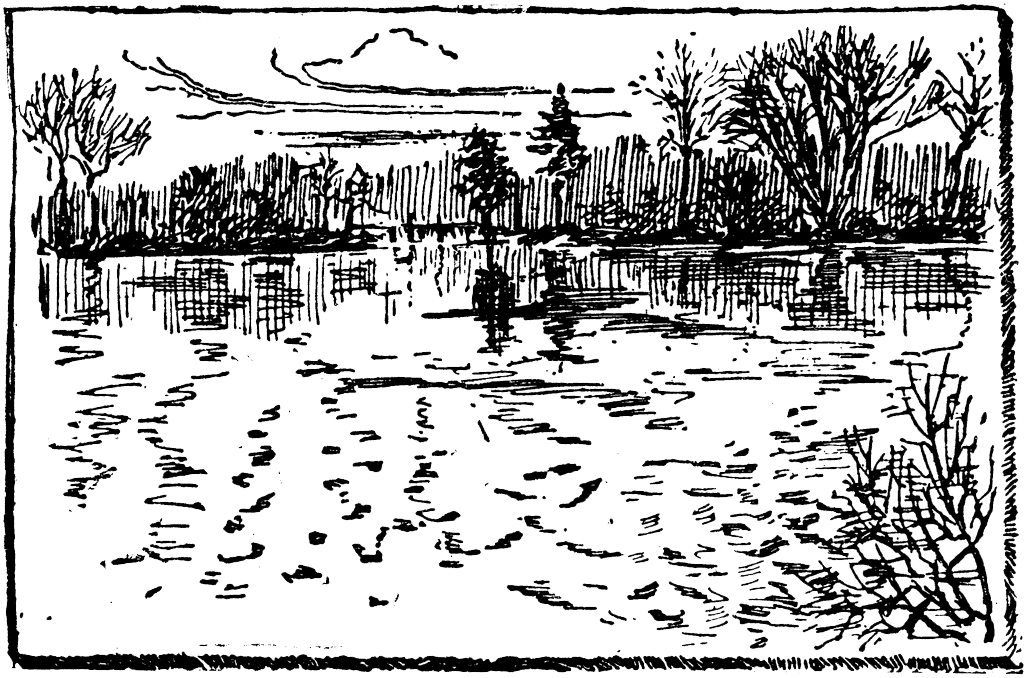This is the thirteenth in a Series of Reminiscences by E. R. Brown. Brown was born in Pulaski County on August 9, 1845. His writings are abstracted from the Pulaski County Democrat on microfilm housed in the Pulaski County Public Library, Winamac, Indiana. Find links to earlier entries at the end of this article.
Published in Pulaski County Democrat, May 11, 1922
No account of our early conditions would be complete without some mention of wild fruit. With the short bill of fare in a new country, meat being prominent and often limited to salt meat, a shortage of fruit is the more unfortunate.

I have never understood why more small fruit was never cultivated here. Strawberries in particular, would have done extra well in our light, rich soil and the fruit would have come on almost at once. So, blackberries, raspberries and perhaps other varieties could have been grown much sooner than apples or peaches. I do not know how early they were planted but our folks had some currant bushes which began after a time and surely rewarded all the attention given them. I do not recall that any other small fruit was cultivated except a few grapes by our good neighbors from across the sea and they were mostly used for wine. We had peaches here early, good enough to turn all California green with envy and apple crops as fine as were ever grown anywhere, especially in quality, but it required ten years to grow a good bearing peach tree and not less than twelve for an apple tree.
I have never forgotten, therefore, how eager people were for wild fruit and how assiduously they sought it. With the exception of two or three varieties the supply was seldom abundant, though generally liberal. Our climate has never been the most favorable for some varieties that have always been prominent here. Our wild blackberry vines never bore a tenth of what I have seen on similar vines in Maryland. There used to be what was called dewberry vines here, with fruit commonly scant and inferior. In Virginia, two armies of one hundred thousand each, one following the other, could feast themselves on the delicious fruit of what seemed to be the same kind of vines growing wild there.

In my enumeration of wild fruit early known here, I surely cannot be blamed if I give first place to wild strawberries. They were generally plentiful where we lived, sometimes very abundant and they would not suffer much as in size comparison with the average cultivated kind we now have, while they had a sweetness and delicacy of flavor lacking in the latter, partial as we all are for them. Oh, boy, but the youngsters did hunt and devour them! They likewise appeared on tables through the entire season, with real for-sure cream, and though the great day of fruit canning had not yet dawned, in one form or another they often graced company and Sunday dinners throughout the year. Very much the same was true of blackberries, except that not so many were eaten directly from the vines. To fill a large bucket, as well as to acquire numerous long scratches bringing the blood, in a morning or evening blackberry hunting was easy. Show me the man who would even now scout blackberry cobbler or pie. This fruit suffered greatly from the passing of the split rail fence and the more modern notions about clean fence rows and lanes. I have some pleasant recollections about wild raspberries, but I would say they did not figure much in the early fruit supply.

Of course, we had huckleberries–oodles of them. We had both kinds in great abundance, the smaller kind being generally distributed. I do not recall a time when Pulaski county was not ridiculed by certain people, who thought they were smart but were not, as being “a county of sand-ridges and huckleberry swamps.” As a matter of fact, I do not know what a great many people would have done for fruit in early days and often for small incomes, had it not been for these berries. The adage is true: “Blessings brighten as they take their flight”. It would require an adventurous old timer who would presume to estimate in plain figures the sum total of huckleberries formerly consumed here and later shipped away. People are now crazy to pay as much for a quart as a peck could often be bought for in early days.

At least three kinds of wild grapes abounded–large ones called ‘fox’ grapes, and two small kinds called ‘summer’ and ‘fall’ grapes. The vines of the two latter, in addition to their fruit rendered a pleasant service, as they still do in a measure, by festooning the forests and adding much by their leafy garlands to otherwise unattractive views. All vines generally bore much fruit. Of course, all were ‘sour as a whiz’ until the psychological time arrived, when I have known sedate grown-ups to gorge themselves. Housewives had ways of keeping them so they made tempting dishes later on.

For some reason cranberries were not appreciated. In a marsh on what is now part of J. J. Lowry’s farm I have seen bushels of them remaining unpicked. These cranberry marshes were common in the county and I have never seen a better crop in the states where our supply now comes from than I have formerly seen in many of our home marshes. Am sure a carload of elder berries could have been gathered almost any fall in our neighborhood alone. We never liked them or made much use of them. I think now that my mother scorned them more because so many made wine out of them.

As to wild fruits, though so common in Indiana, we had few paw-paws and no persimmons, plentiful further south. Crabapples, it is true, were sour, though, like some good people; they were not as sour at their best as at their worst. Hardy trees were early known here a-plenty and were generally loaded. Wild plums about equaled crabapples in quantity and were a fine fruit to have. I have seen parties of three or four when a tub full was our reward for part of an afternoon. Not long ago, ‘the silver chords of memory’ were awakened by the sight of trees laden with plums away out on the Little Big Horn River near the ill-fated Custer battlefield.
Links to Earlier Articles
- Part one (Common Inconveniences) October 2018 newsletter.
- Part two (Land) June 2019 newsletter.
- Part three (Trees & Timber) November 2019 newsletter.
- Part four (The River) February 2020 newsletter.
Later editions are carried as separate posts.
- Part five (Public Roads)
- Part six (Schools)
- Part seven (Markets & Trading Points)
- Part eight (It’s Mills)
- Part nine (Wild Game)
- Part ten (Feathered Wild Game)
- Part eleven (Animal Pests & Birds of Prey)
- Part twelve (Fishing in the Early Days)